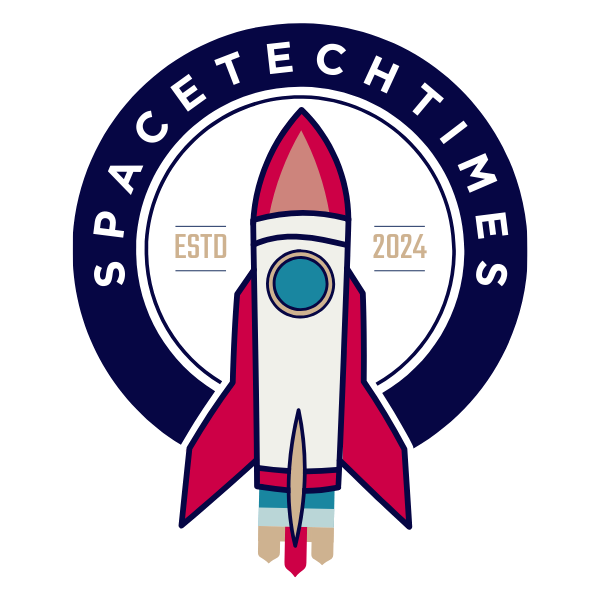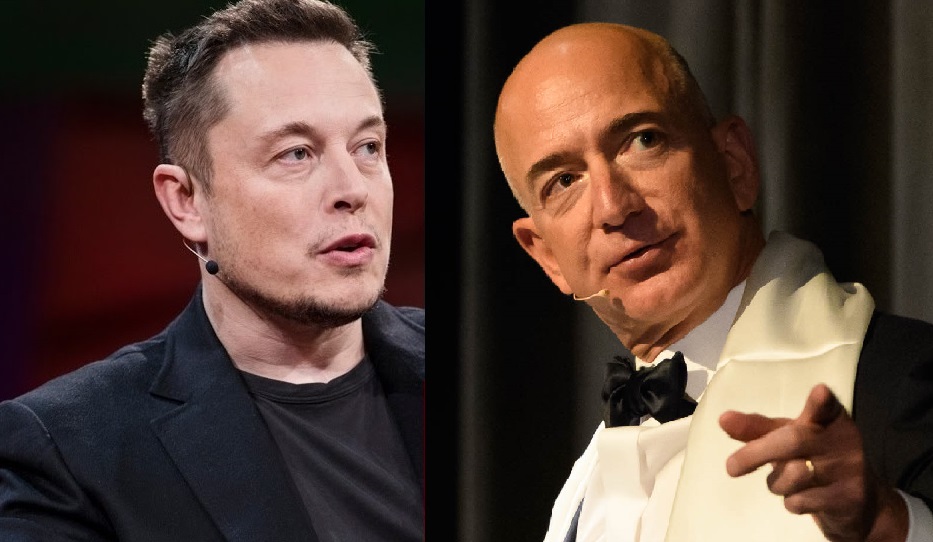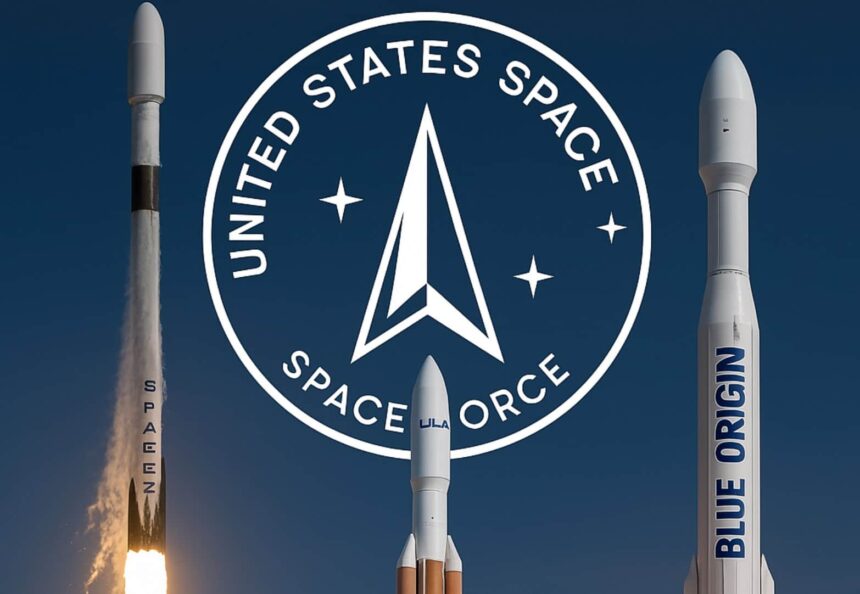Amazon, the global online shopping giant, is entering space-based internet with Kuiper. Jeff Bezos, Amazon’s founder, is now directly competing with Elon Musk’s Starlink by launching his own set of internet satellites. This new mission is part of Amazon’s big plan, called Project Kuiper, which aims to bring fast internet to people all over the world—especially in areas that currently have poor or no internet.
The first official launch of Amazon’s Kuiper satellites is scheduled for April 9 at 12 p.m. Eastern Time. The satellites will be sent into space on a rocket called Atlas V, which will take off from Cape Canaveral, Florida. Amazon confirmed this information in a blog post and said it is a huge step forward for the project.
What is Project Kuiper?
Project Kuiper is Amazon’s answer to a big problem: millions of people around the world still don’t have access to good internet. Many of them live in remote areas where building traditional internet infrastructure—like underground cables or cell towers—is too expensive or difficult. That’s where satellite internet comes in.
Geopolitical Shifts Boost Lightspeed as Starlink Weakens Telesat’s GEO Business
Project Kuiper plans to solve this by launching more than 3,200 small satellites into space. These satellites will circle the Earth at low altitudes, known as low Earth orbit (LEO). Because they are closer to the Earth than older satellite systems, they can send internet signals faster and with less delay, or latency.
Amazon says the goal is to make internet service faster, more reliable, and more affordable—especially in rural and developing parts of the world. The total cost of the project is expected to be around $10 billion.
Why This Launch Matters
So far, Amazon has done most of its testing on the ground. But this upcoming launch will be the first time the final version of the Kuiper satellites will be flown into space. It’s also the first time Amazon will try to send multiple satellites into orbit at once.
“This is a big moment for us,” said Rajeev Badyal, who is the Vice President of Project Kuiper. “We’ve tested a lot of things on Earth, but there are some things we can only learn by actually flying the satellites.”
Intense Dispute: AT&T and Verizon Challenge SpaceX’s Starlink Expansion
This test flight is important because it will help Amazon understand how the satellites perform in real space conditions. If everything goes well, Amazon plans to launch hundreds more satellites in the coming years, slowly building a large web of satellites that can beam internet down to Earth.
The Competition: Starlink by Elon Musk
Amazon isn’t the first company to think of this idea. Elon Musk’s Starlink, which is a part of his company SpaceX, is already far ahead in the race. Starlink currently has about 7,000 satellites in space—more than double the number Amazon plans to launch. And many of those Starlink satellites are already providing internet service in many countries.
In fact, Starlink has become especially important in places like Ukraine, where traditional internet infrastructure was damaged due to war. During emergencies, Starlink’s satellites have helped provide internet when other systems failed.
So why is Amazon entering the game now? Because the demand for satellite internet is growing fast. People in remote areas want faster internet for work, education, and communication. Governments and companies also need stable internet for transportation, agriculture, and defense. There’s plenty of room in the market for more than one player.
How Kuiper Is Different from Starlink
While Starlink is already up and running, Amazon is taking its time to build something that’s scalable and long-lasting. Project Kuiper is focusing on careful testing, strong partnerships, and affordable pricing. Amazon has already made deals with rocket companies to handle future satellite launches. They’re also working with manufacturers to build high-quality equipment.
Amazon starts Quiet Space Journey Defying Starlink
One of Amazon’s goals is to create a simple and low-cost satellite dish that customers can use to connect to the Kuiper satellites. This would make it easier for people in rural villages, mountains, and even boats or remote vehicles to get online.
The Bigger Picture
This satellite internet race is not just about business—it’s also about global digital equality. Right now, many people in poorer regions have little or no access to the internet, which limits their access to education, healthcare, and job opportunities. Projects like Kuiper and Starlink could change that by offering a reliable internet connection even in the most hard-to-reach places.
However, there are also concerns. As more companies launch satellites, Earth’s orbit is becoming more crowded. This could increase the risk of satellite collisions or space debris, which can be dangerous for astronauts and other space missions. Scientists and space agencies are calling for international rules to manage satellite traffic and keep space safe.
What’s Next for Project Kuiper?
If the April 9 launch is successful, Amazon plans to launch even more satellites later this year. By the end of 2026, Amazon is required by U.S. regulators to have at least half of the Kuiper satellites in orbit. That means the next two years will be very busy for the Kuiper team.
This launch marks the start of Amazon’s serious entry into the space internet market. It’s no longer just an idea on paper—Kuiper is taking off, literally. And with a big company like Amazon behind it, Starlink finally has a real challenger.




